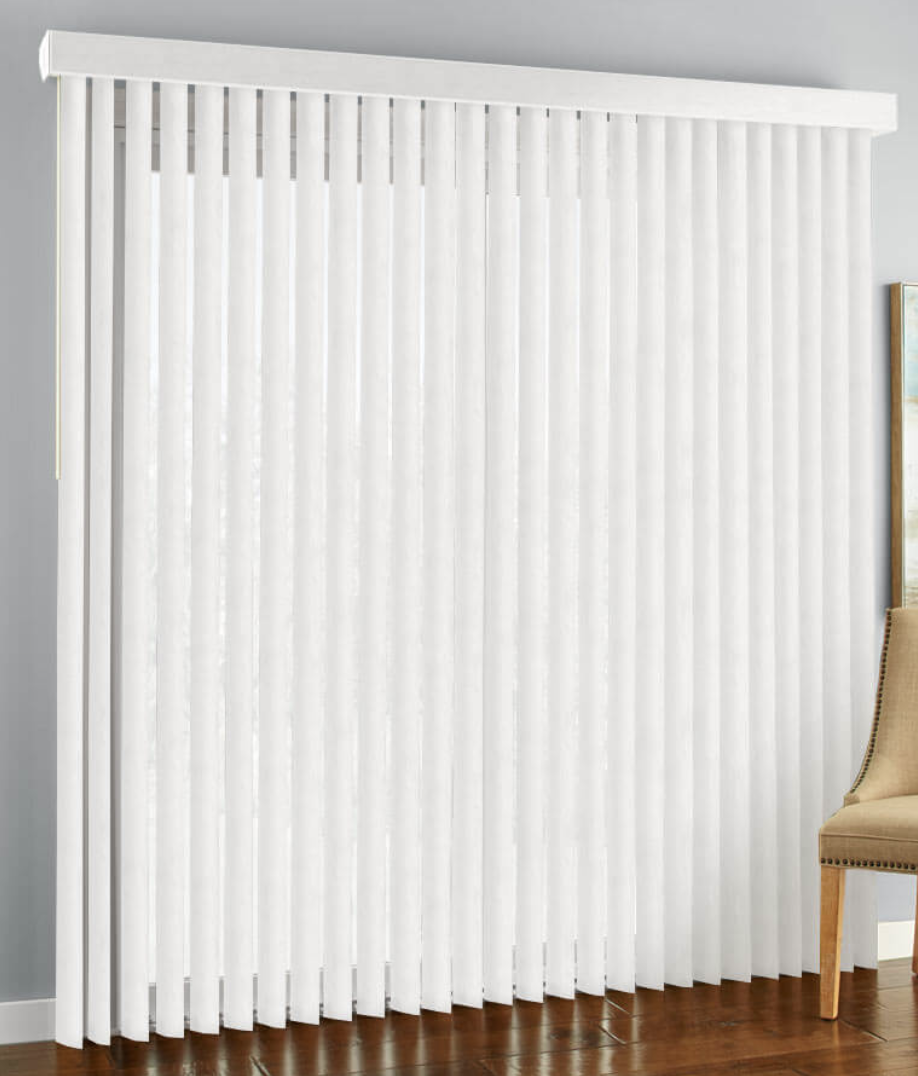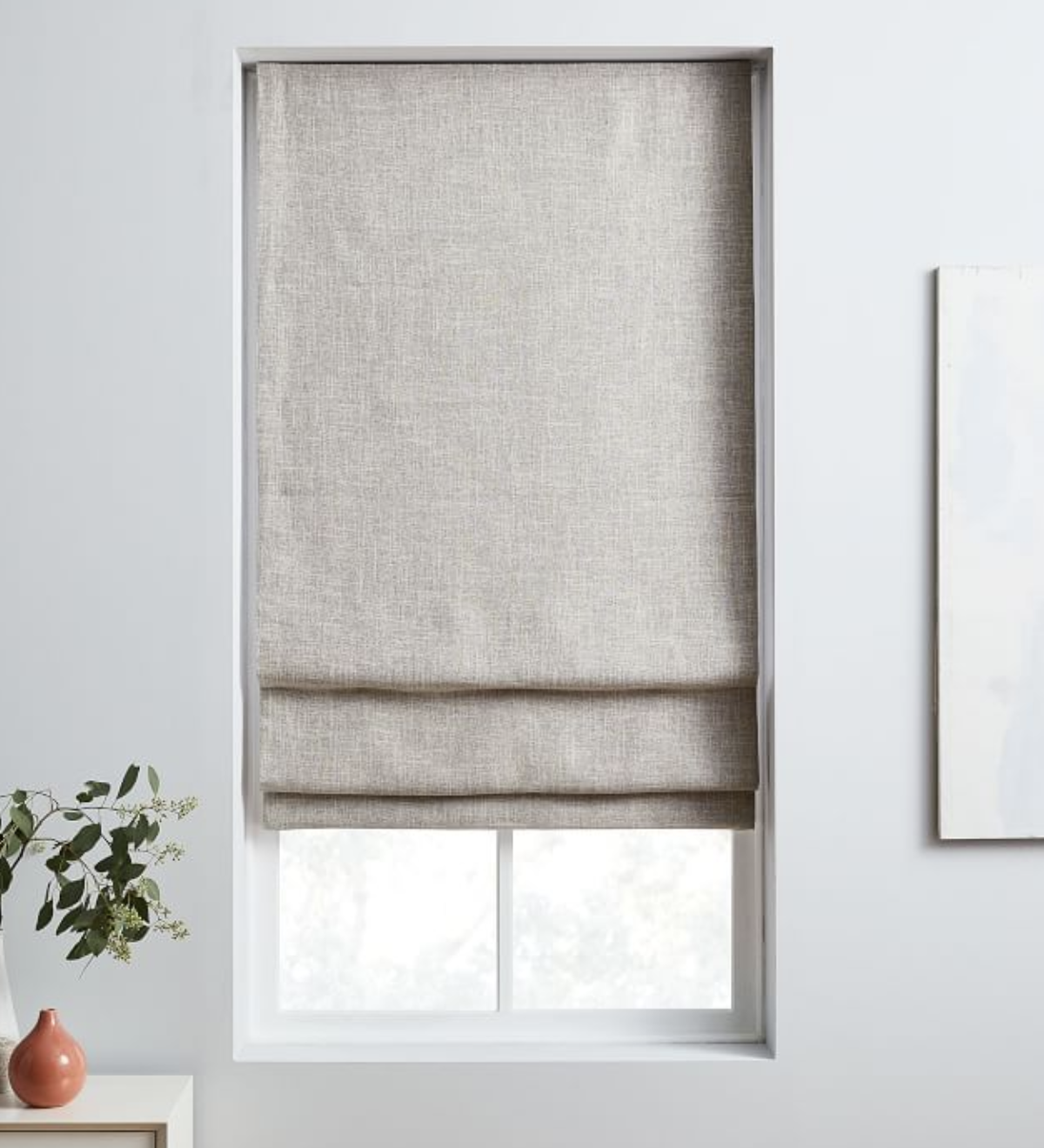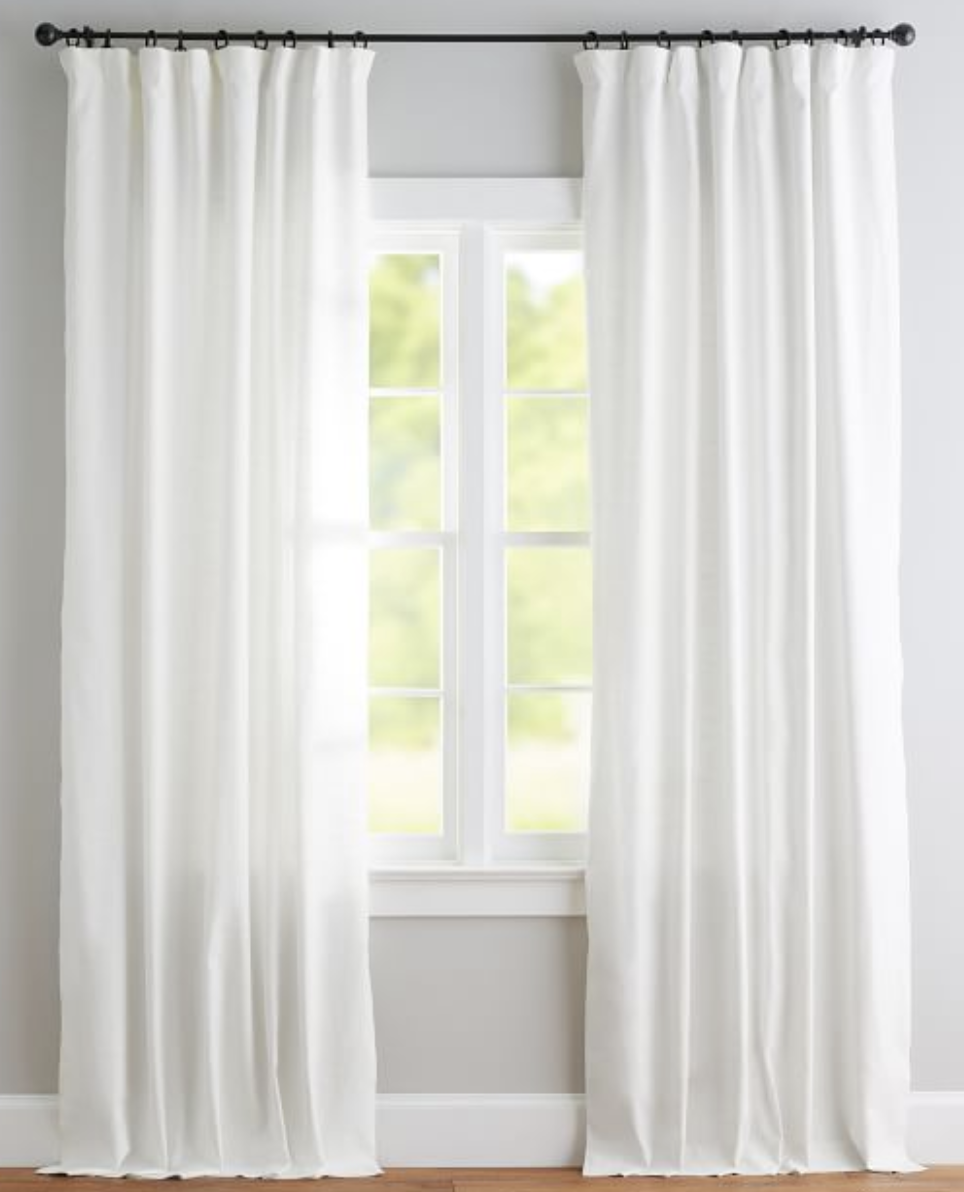The How To On Window Treatments!
The How To on Window Treatments!
Hi there. I don’t know if you know this but window treatments don’t actually have to freak you out.
Would you like to be able to confidently pick functional window treatments for your different environments. Based not only on the way things look but how they actually work for you too? Then this article is for you!
I know why you have been avoiding this part of finishing the design of your space. Maybe more than anything else is interior design, window treatments can be quite challenging. There is a lot to consider. But I promise if you consider these things you can go confidently in the direction of your window needs.
From woven wood shades to sheer drapery I’ve helped my clients choose the right types of window treatments for their environments over the years. But through this post I want to empower you with some information so that you don’t have to outsource your aesthetic to anyone else! By understanding some basics about window treatments you can choose a solution that actually works for you in every way.
By taking your power back you don’t have to worry about getting stuck with something that doesn’t work for you just because someone wants to sell you a product! You can purchase your window dressings confidently by understanding what you need!
If you don’t mind having a salesperson pick out an integral part to your environments function and style, this article isn’t for you.
First thing is think about your own window situation!
What is the sun doing?
In the room in question what direction is it sitting, how does the sun move throughout the day.
What do you do in here?
Is this an office where you need lots of light? Is this your kitchen where the sun loves to bounce off your shiny countertop blinding you when you are preparing for dinner? Is this your bedroom where you need pitch black to sleep?
Is the sun being bad?
Is the sunlight ever at odds with what you wish to be doing in this space?
How do you want to feel in here?
Cozy, fancy, productive etc.
Which do you actually like?
By looking at the examples I explain below which do you like to look at? Which fit in with your aesthetic? Can these window treatments be created to solve your sun or light problems?
I went through these questions as an example for you!
Let’s say I have a bedroom with a desk in it for working from home. The sun blasts in early in the morning and moves over the home into the evening. This means I get woken up too early for my taste but not a lot of light stays in the space during the day which I need to work, I also want some privacy during the day since this room is on the first floor. I want to feel both restful and peaceful at night but productive and happy during the day so I can get my work done.
As a solution in this space I may think about a double drapery rod where I hang some sheers underneath a set of drapery that is lined with blackout fabric. This way I can completely black out the light in the early morning by drawing everything closed, and in the afternoon I can have just the sheers drawn so that I have a little bit of privacy, but allow for the most amount of light to filter into the space for my work! Drapery also fits my aesthetic because I like my space to feel soft and elegant.
Below I will go through some of the most common window treatments as well as their potential up and downsides for you!
Some common terms I will be using throughout this post are:
Set Outside the frame: Shades that are mounted higher and wider than the window frame.
-helps cut down on light bleed
Set Inside the frame: Shades that are set within the frame of the window.
-more modern streamlined look
-can bleed light around the edge of the shade
Different Window Treatments:
Shutters:
Shutters are often wood, or composite and can either be set inside or outside of the window frame. Common finishes are wood finishes, or white. They lever up and down so light can be adjusted, and often can be completely opened up as well like a door. Shutters can be expensive depending on the quality of the craftsman or the material themselves.
Some upsides to shutters are that they block a fair amount of light, they have a classic look, often last long, good for blocking the view into the home from the outside.
Some downsides are that they are pretty bulky on the window and can block light even when open.
Woven wood shades:
Are often beautiful. When I worked in a beach town design studio this was an option I used frequently. Woven shades can be set outside or inside a window frame. Woven woods come in a variety of colors as well as weaves and are often made with sea grass etc. They are a great way to introduce some natural texture into your space. Some upsides to woven wood shades are: that they are made of natural materials, you can choose a finish that reflects your color palette, because they are woven they look beautiful dappling the light into the space. Some downsides are they do bleed light, you shouldn’t line them with blackout or lining because you will lose a lot of the beauty.
Cellular shades:
A practical option usually set within the widow frame. Also know by the name honeycomb shades, or pleated blinds. They help to insulate the window from temperature changes into the room. They are often made with semi opaque fabric which allows for some shadows and light. Because they are set within the window frame there is some light bleed around the edges. Some upsides to cellular shades are that they are practical, they help insulate the room. Some downsides are that they aren’t very stylish, not a lot of options to express yourself with.
Venetian blinds:
If in wood they are called wooden blinds. Can also be made from composite, metal, vinyl, or plastic. Are horizontal slats that can be flattened and pulled up as a whole unit, or released down to lever open to let light in. The slats can also be tilted to allow different angles of sunlight in. In order for these to function they need to be set within the window frame, which does mean light bleed. Some upsides to these are functionality and privacy. Some downsides are the levers can get twisted depending on the material they are made with, not a lot of different style options, and can collect a lot of dust!
Vertical blinds:
These are vertical slats suspended from a track. You often see these over sliding doors. Like Venetian blinds you turn the slats so they lie parallel to each other and then you pull them to the side to open them up kind of like a drape. These let a lot of light in around the edges but also block light and all view where the slats are. These are often made out of plastic, faux wood, or stiff fabric. Some upsides are pretty easy to use and quick to use, and pretty good for privacy. Some downsides are that these are pretty noisy if any breeze comes through the window and they lack any style.
Shoji screen:
Created first in Japan, shoji screen window treatments are traditionally a thin wooden frame of rice paper that hangs on a rail within the window frame. The paper allows for privacy but still allows for light filtering. Because the frame is often squared off and flush within the window frame, there actually isn’t a lot of light bleed around the edges. The wood can be stained to match the decor and you can choose paper that works for you. Some upsides are they look beautiful and elegant and are easy to use. Some downsides are you block half of your view even when they are open because they can’t collapse on themselves, and they are a very specific look.
Panel tracks:
Are vertical panels of typically fabric that are connected at the top and the bottom of the window frame by a track that allows the panels to be slid open and closed. They can either be hung by the ceiling or from inside the window frame. Often they have some sort of light filtering to them but they can be made out of a wide variety of fabrics. These, like vertical blinds, function well on siding doors and large windows. Some upsides to these are that they are easy to use, look very clean, and come in a variety of fabrics for your style. Some downsides are that they are fixed so you can’t completely clear the view unless they are mounted to the ceiling with enough wall space next to the window to accommodate the stacked panels.
Roman shades:
Roman shades are fabric shades that are stacked either at the top or the base of the window and can be pulled together for more light or dropped for privacy. Roman shades can be made in so many different fabrics! They pretty much must be made in a fabric because the panel needs to be able to fold back on itself. They have a classic look. Some upsides to these are you can pick a patterned or colored fabric perfect for your style, and they are very easy to use, they can be set within, or outside the the window frame depending on your light needs. A downside is you pretty much have to use a fabric.
Roller shades:
Are shades that retract by rolling up on a roll at the top of the window. They can be made with solar fabric, blackout, or a variety of colors of stiff fabric made for them. Some upsides are that they are very simple to use, they are low profile (great for a sleek modern look inside a window frame), allow for different levels of light filtering when they are down depending on the material. A downside is that they can be kind of boring.
Drapery & sheer drapery:
One of my personal favorite treatments is drapery. Drapery gives your space a sense of elegance. Drapery is basically wide panels of fabric that can be drawn back to open the window. If you hang drapery correctly you won’t block any light or view. If you love the look of drapery but don’t need any help blocking any light you can go with sheer drapery that gives you a soft and airy feel. Check out my post on how to hang curtains correctly and how to hang curtain rods correctly Here. Some upsides to drapery is you can really express yourself with pretty much any fabric at all, its extremely easy to use, it allows you to vertically take advantage of the height in your space. Some downsides are sometimes window placement doesn’t allow for the correct use of drapery and you may have to compromise on partially covering view out the window if you don’t have enough wall or rod space to stack the panel over. Some tips on drapery for ease of use would be to get a metal rod (wood is hard to have drapery rings slide on) and get drapery rings that have clips or metal hooks that hang into the pleats to hang them up because when you put the rod into the curtain pocket itself it also gets hard to slide and open them!
Cafe curtains:
Cafe curtains are basically drapery that is hung on a rod in the middle of the window. This allows for you to have light come in from the top of the window but block light and the view down where people are living. This is a practical option for people who aren’t looking to block a lot of light but don’t want people looking into their home. Some upsides here are you can use a wide variety of fabrics and they are easy to open all of the way up. A downside would be that they are a very specific look, and they really look best on large windows with high ceilings, unless of course you are actually a cafe, or the window is in a dining area or kitchen.
And that concludes my parade of window treatment options! I hope this was helpful in demystifying the land of window coverings!
If you are looking for estimates on how much some window treatments will cost you check out this article here https://happydiyhome.com/how-much-do-blinds-cost/ !
If you consider these points and follow what you like I have complete confidence in you finishing off your space beautifully with some window treatments.
When thinking about you absolute bravery in tackling this for yourself remember this quote!
“Be afraid, and do it anyway.”
Your environment will love you back for your effort I promise!
Thank you so much for reading!
Hi I’m Catherine,
“I balance authentic interior design with intuitive insight to help my clients connect to their deeper selves by empowering their own creative self expression.
I create space for them to follow their desires and depth of feeling, into a new environment that supports them, mind, body, & soul”
Love,
Catherine Rose
• If you would like to read some of my own random journal entries go to •Musings•
• If you are interested in more Interior design, deeper self, wellness, or psychology posts…
• C • R • D •
• If you are looking to see more post like these in general you should join the community by signing up below!
I would love to connect with you deeper!
Love,
Are you new here?
Welcome to Catherine Rose Design!
I also have the following blogs and resources to help you with your holistic interior design goals if you are looking for more!:

Did you enjoy this advice?
Consider exchaging some energy with me to support future offerings!















